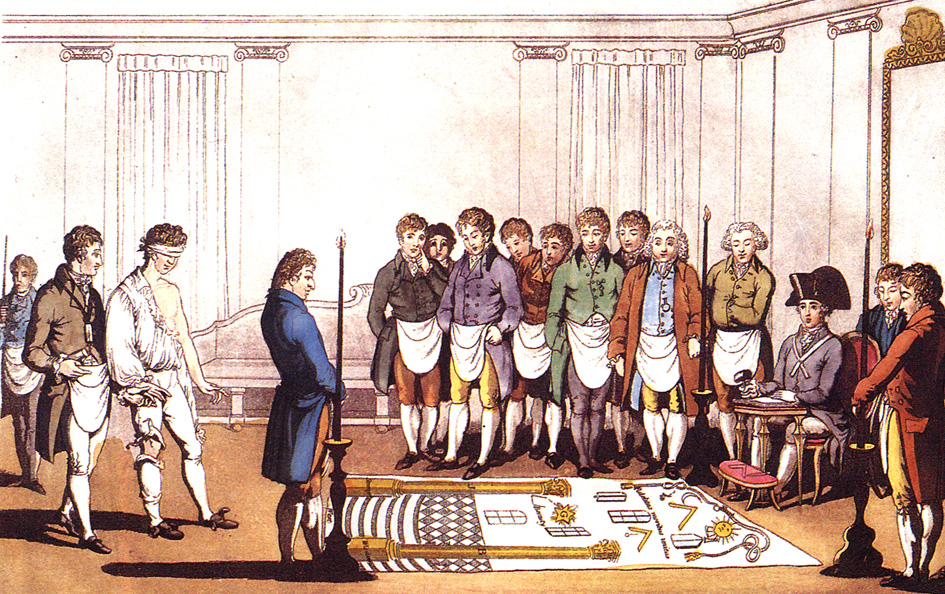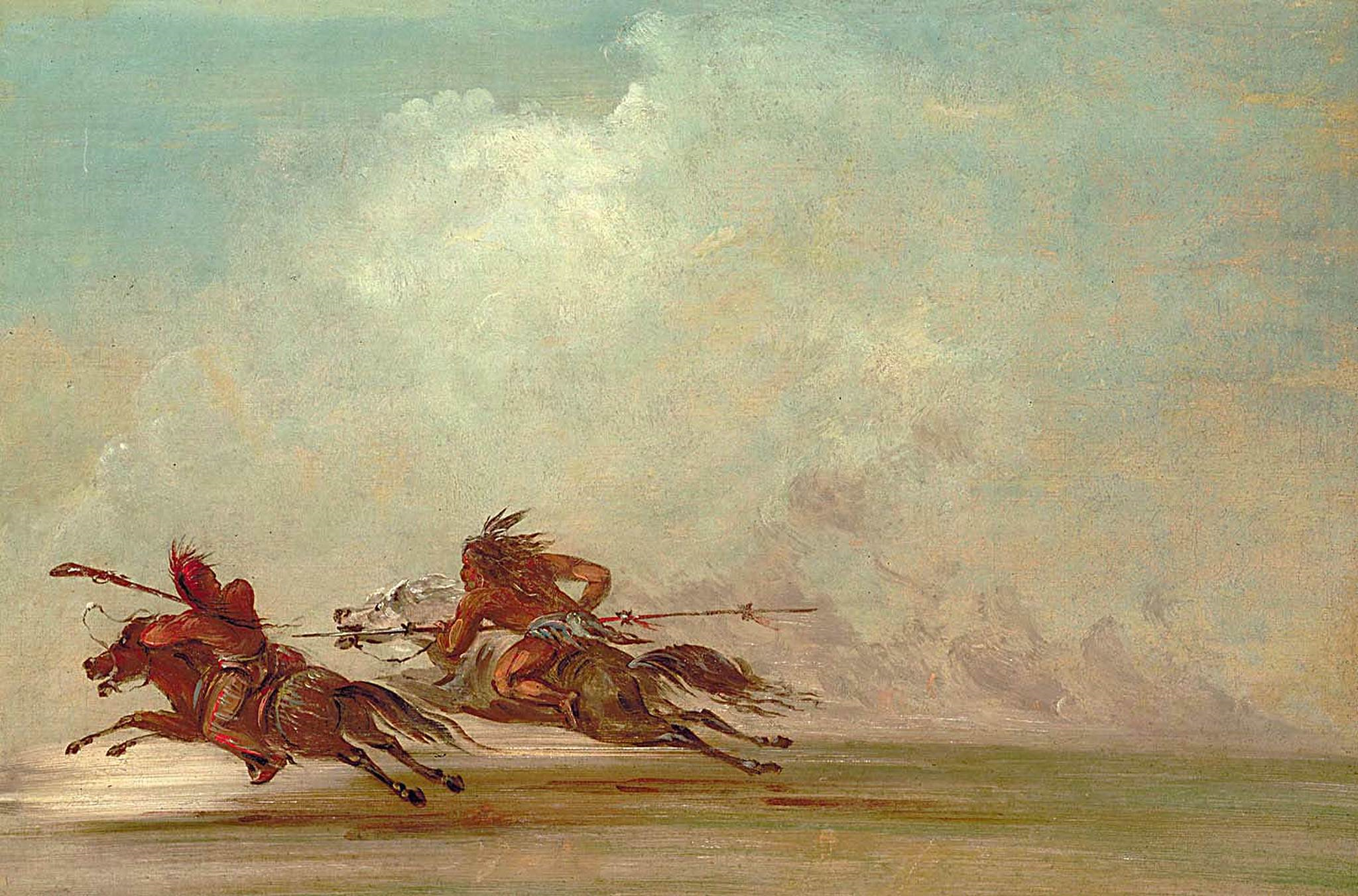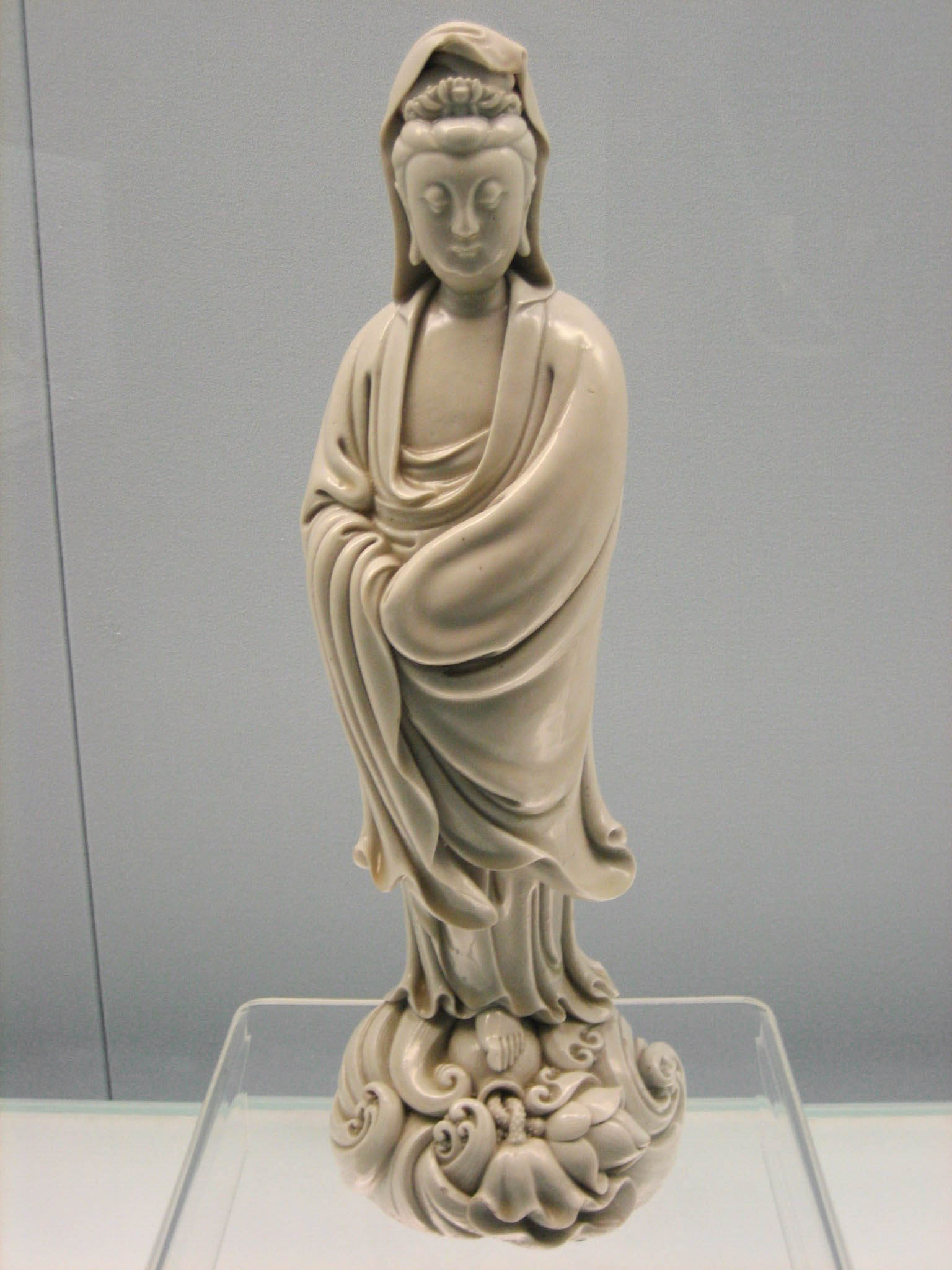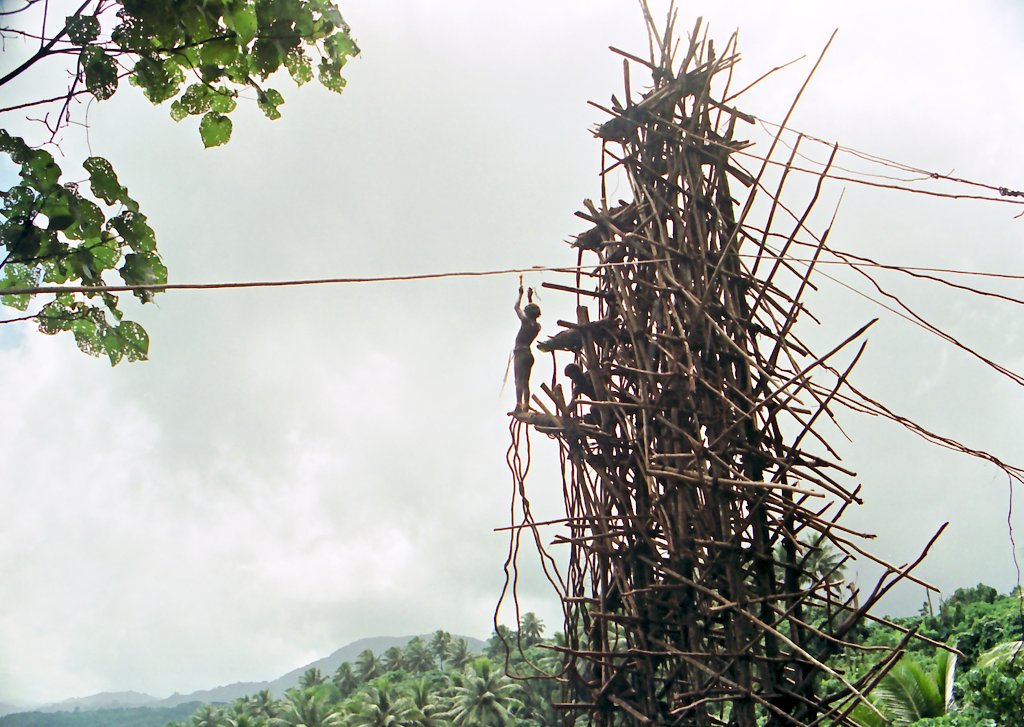|
Rites Of Passage
A rite of passage is a ceremony or ritual of the passage which occurs when an individual leaves one group to enter another. It involves a significant change of status in society. In cultural anthropology the term is the Anglicisation of ''rite de passage'', a French term innovated by the ethnographer Arnold van Gennep in his work ''Les rites de passage'', ''The Rites of Passage''. The term is now fully adopted into anthropology as well as into the literature and popular cultures of many modern languages. Original conception In English, Van Gennep's first sentence of his first chapter begins: "Each larger society contains within it several distinctly separate groupings. ... In addition, all these groups break down into still smaller societies in subgroups." The population of a society belongs to multiple groups, some more important to the individual than others. Van Gennep uses the metaphor, "as a kind of house divided into rooms and corridors." A passage occurs when an in ... [...More Info...] [...Related Items...] OR: [Wikipedia] [Google] [Baidu] |
Initiation Ritual Of Boys In Malawi
Initiation is a rite of passage marking entrance or acceptance into a group or society. It could also be a formal admission to adulthood in a community or one of its formal components. In an extended sense, it can also signify a transformation in which the initiate is 'reborn' into a new role. Examples of initiation ceremonies might include Christian baptism or Confirmation (Christian sacrament), confirmation, Jewish B'nai Mitzvah, bar or bat mitzvah, acceptance into a fraternal organization, secret society or religious order, or graduation from school or recruit training. A person taking the initiation ceremony in traditional rites, such as those depicted in these pictures, is called an ''initiate''. Characteristics William Ian Miller notes the role of ritual humiliation in comic ordering and testing. Mircea Eliade discussed initiation as a principal religious act by classical or traditional societies. He defined initiation as "a basic change in existential condition", which ... [...More Info...] [...Related Items...] OR: [Wikipedia] [Google] [Baidu] |
Umhlanga (ceremony)
Umhlanga , or Reed Dance ceremony, is an annual Swazi event that takes place at the end of August or at the beginning of September. In Eswatini, tens of thousands of unmarried and childless Swazi girls and women travel from the various chiefdoms to the Ludzidzini Royal Village to participate in the eight-day event. The young, unmarried girls were placed in female age-regiments; girls who had fallen pregnant outside wedlock had their families fined a cow. History Umhlanga was created in the 1940s Eswatini under the rule of Sobhuza II, and is an adaptation of the much older Umchwasho ceremony. The reed dance continues to be practised today in Eswatini. In South Africa, the reed dance was introduced in 1991 by Goodwill Zwelithini, the former King of the Zulus. The dance in South Africa takes place in Nongoma, a royal ''kraal'' of the Zulu king. South Africa In South Africa, the ceremony is known as Umkhosi woMhlanga, and takes place every year in September at the Enyokeni ... [...More Info...] [...Related Items...] OR: [Wikipedia] [Google] [Baidu] |
Impacted Wisdom Teeth
Impacted wisdom teeth is a condition where the third molars (wisdom teeth) are prevented from erupting into the mouth. This can be caused by a physical barrier, such as other teeth, or when the tooth is angled away from a vertical position. Completely unerupted wisdom teeth usually result in no symptoms, although they can sometimes develop cysts or neoplasms. Partially erupted wisdom teeth or wisdom teeth that are not erupted but are exposed to oral bacteria through deep periodontal pocket, can develop cavities or pericoronitis. Removal of impacted wisdom teeth is advised for the future prevention of or in the current presence of certain pathologies, such as caries (dental decay), periodontal disease or cysts. Prophylactic (preventative) extraction of wisdom teeth is preferred to be done at a younger age (middle to late teenage years) to take advantage of incomplete root development, which is associated with an easier surgical procedure and less probability of complications. ... [...More Info...] [...Related Items...] OR: [Wikipedia] [Google] [Baidu] |
Drivers License
A driver's license, driving licence, or driving permit is a legal authorization, or the official document confirming such an authorization, for a specific individual to operate one or more types of motorized vehicles—such as motorcycles, cars, trucks, or buses—on a public road. Such licenses are often plastic and the size of a credit card. In most international agreements, the wording "driving permit" is used, for instance in the Vienna Convention on Road Traffic. In American English, the terms "driver license" or "driver's license" are used. In Australian English, Canadian English and New Zealand English, the terms "driver licence" or "driver's licence" are used while in British English the term is "driving licence". In some countries the term "driving license" is used. The laws relating to the licensing of drivers vary between jurisdictions. In some jurisdictions, a permit is issued after the recipient has passed a driving test, while in others a person acquires their p ... [...More Info...] [...Related Items...] OR: [Wikipedia] [Google] [Baidu] |
Initiation
Initiation is a rite of passage marking entrance or acceptance into a group or society. It could also be a formal admission to adulthood in a community or one of its formal components. In an extended sense, it can also signify a transformation in which the initiate is 'reborn' into a new role. Examples of initiation ceremonies might include Christian baptism or confirmation, Jewish bar or bat mitzvah, acceptance into a fraternal organization, secret society or religious order, or graduation from school or recruit training. A person taking the initiation ceremony in traditional rites, such as those depicted in these pictures, is called an ''initiate''. Characteristics William Ian Miller notes the role of ritual humiliation in comic ordering and testing. Mircea Eliade discussed initiation as a principal religious act by classical or traditional societies. He defined initiation as "a basic change in existential condition", which liberates man from profane time and histor ... [...More Info...] [...Related Items...] OR: [Wikipedia] [Google] [Baidu] |
Age Set
In anthropology, an age set is a social category or corporate social group, consisting of people of similar age, who have a common identity, maintain close ties over a prolonged period, and together pass through a series of age-related statuses. This is in contrast to an age grade, through which people pass individually over time. While a year group or class in a school could be regarded as a simple example of an age set (e.g. 'Class of 2004'), the term is most commonly used to refer to systems in tribal societies. The phenomenon is most prevalent in East Africa, central Brazil and parts of New Guinea, where in many societies the importance of social groupings based on age eclipses that of social groupings based on kinship and descent. Age sets in these societies are formed by the periodic grouping together of young people—usually men—into a corporate unit with a name and a collective identity. As its members age the set stays together and increases in seniority as old ... [...More Info...] [...Related Items...] OR: [Wikipedia] [Google] [Baidu] |
Age Grade
In sociology and anthropology, an age grade or age class is a form of social organization based on age, within a series of such categories, through which individuals pass over the course of their lives. This is in contrast to an age set, to which individuals remain permanently attached as the set itself becomes progressively more senior. The number of age classes, the determining ages and the terminology vary significantly between traditions. Even within a single society, a person may belong to several overlapping grades in different spheres of life, e.g. per year a different school class and yet for several years on end a child, then an adolescent, finally an adult. In tribal societies entry into an age grade – generally gender-separated – is often marked by an initiation rite, which may be the crowning of a long and complex preparation, sometimes in retreat. After a period of some years, during which they often perform certain common activities, alone or under senior gui ... [...More Info...] [...Related Items...] OR: [Wikipedia] [Google] [Baidu] |
Developed Society
A developed country, or advanced country, is a sovereign state that has a high quality of life, developed economy, and advanced technological infrastructure relative to other less industrialized nations. Most commonly, the criteria for evaluating the degree of economic development are the gross domestic product (GDP), gross national product (GNP), the per capita income, level of industrialization, amount of widespread infrastructure and general standard of living. Which criteria are to be used and which countries can be classified as being developed are subjects of debate. Different definitions of developed countries are provided by the International Monetary Fund and the World Bank; moreover, HDI ranking is used to reflect the composite index of life expectancy, education, and income per capita. In 2025, 40 countries fit all three criteria, while an additional 21 countries fit two out of three. Developed countries have generally more advanced post-industrial economies, me ... [...More Info...] [...Related Items...] OR: [Wikipedia] [Google] [Baidu] |
Tribe
The term tribe is used in many different contexts to refer to a category of human social group. The predominant worldwide use of the term in English is in the discipline of anthropology. The definition is contested, in part due to conflicting theoretical understandings of social and kinship structures, and also reflecting the problematic application of this concept to extremely diverse human societies. Its concept is often contrasted by anthropologists with other social and kinship groups, being hierarchically larger than a lineage or clan, but smaller than a chiefdom, ethnicity, nation or state. These terms are similarly disputed. In some cases tribes have legal recognition and some degree of political autonomy from national or federal government, but this legalistic usage of the term may conflict with anthropological definitions. In the United States (US), Native American tribes are legally considered to have "domestic dependent nation" status within the territorial ... [...More Info...] [...Related Items...] OR: [Wikipedia] [Google] [Baidu] |
Statuette Karajà MHNT
A figurine (a diminutive form of the word ''figure'') or statuette is a small, three-dimensional sculpture that represents a human, deity or animal, or, in practice, a pair or small group of them. Figurines have been made in many media, with clay, metal, wood, glass, and today plastic or resin the most significant. Ceramic figurines not made of porcelain are called terracottas in historical contexts. Figures with movable parts, allowing limbs to be posed, are more likely to be called dolls, mannequins, or action figures; or robots or automata, if they can move on their own. Figurines and miniatures are sometimes used in board games, such as chess, and tabletop role playing games. The main difference between a figurine and a statue is size. There is no agreed limit, but typically objects are called "figurines" up to a height of perhaps , though most types are less than high. Prehistory In China, there are extant Neolithic figurines. European prehistoric figurines of women ... [...More Info...] [...Related Items...] OR: [Wikipedia] [Google] [Baidu] |
Landdiving2
Land diving (known in the local Saa language as and in Bislama as ) is a ritual performed by the men of the southern part of Pentecost Island, Vanuatu. Men jump off wooden towers around high, with two tree vines wrapped around the ankles. The tradition has developed into a tourist attraction. According to the ''Guinness World Records'', the g-force experienced by those at their lowest point in the dive is the greatest experienced in the non- industrialized world by humans. Etymology The Bislama word ''nanggol'' comes from the Saa term ''gol'', with the prefixed article ''na-'' typical of the indigenous languages of Vanuatu. Background The origin of land diving is described in a legend of a woman who was dissatisfied with her husband, Tamalie (or some variation of the name). It is sometimes claimed that the woman was upset that her husband was too vigorous regarding his sexual wants, so she ran away into the forest. Her husband followed her, so she climbed a banyan tree. Tam ... [...More Info...] [...Related Items...] OR: [Wikipedia] [Google] [Baidu] |








